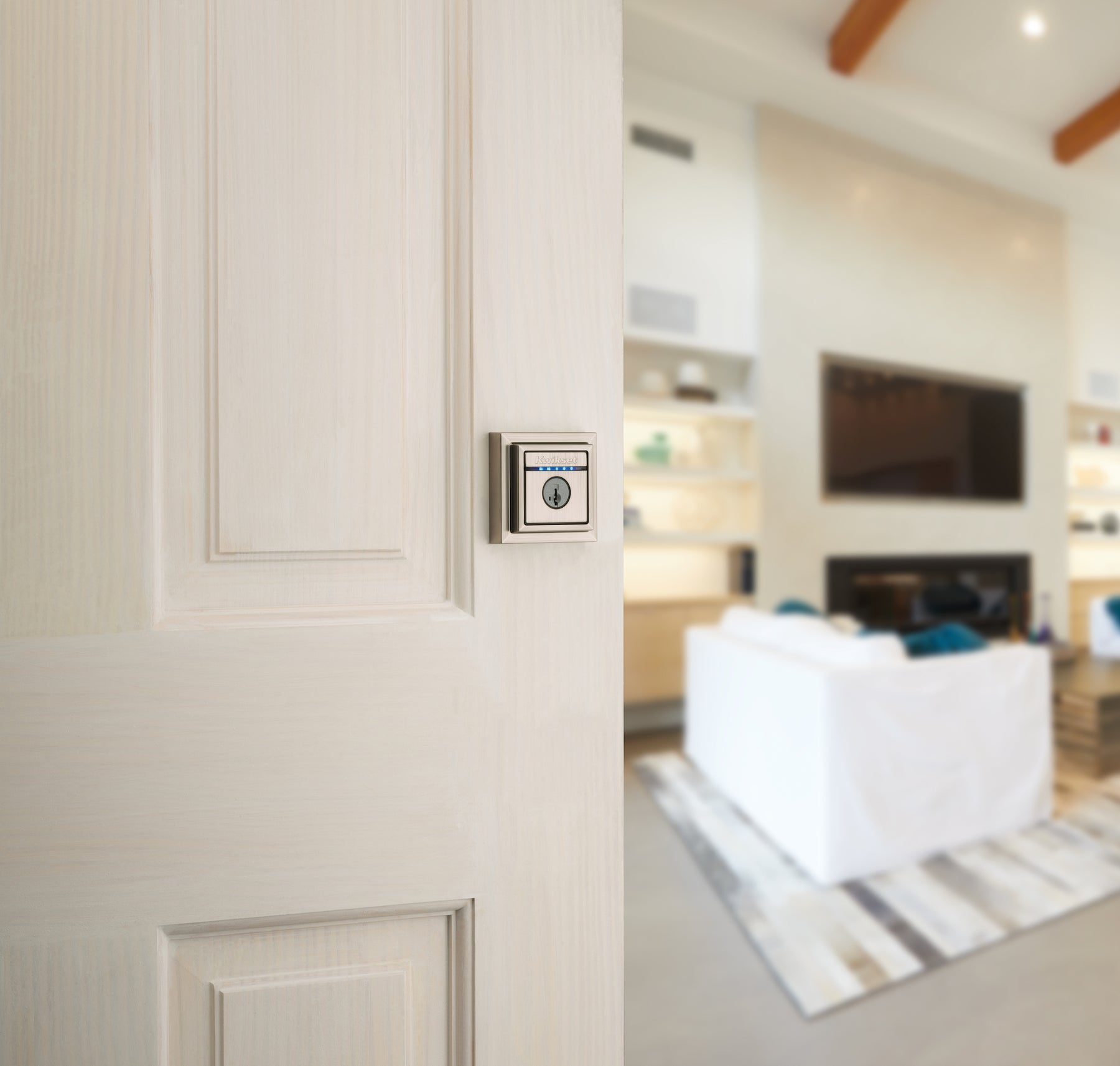
Get a handle on door hardware terminology
Shopping online for door hardware can make the selection process super easy, allowing you to compare and choose at leisure! Understanding what you need before you start your search (and being familiar with the terminology or product labelling used) will also ensure that when your products are delivered to your door, they’re exactly right for what you need them to do! Here’s a quick explanation of some common terms and labels to help you on your door hardware journey.
Here’s the difference between “single” and “double” cylinder versions.
door handle products comprise a lock and latch in one - for exterior doors. On the inside, press the button to lock (turn the lever or knob to unlock). A key is required to unlock the door from the outside.
Entrance
As its name suggests – Entrance door hardware is all about exterior doors. This type of door hardware will include a lock and key so that the door can be secured from both the inside and out. While traditional Entrance products involve the use of conventional keys, advanced technology products such as the Bluetooth enabled Delf Digital Smart Lock (DDL120) offer a range of ways to lock and access the door including ekeys and remote access options, maybe even controlled by an APP on your smart phone.Privacy
Used on interior doors in the home such as toilets, bathrooms or master bedrooms where you want the option of Privacy but without the need to secure the door with a lock and a key. The hardware fitted to the inside of the door has a button or “snib” that can be engaged to prevent spontaneous entry from the outside. On the outside of the door, there is always an emergency release override mechanism in case access is required.Passage
While Passage solutions may look similar to the front side of Privacy products – Passage levers and knobs are there exclusively to open and close the door. Plus, they are identical on both sides and do not have a locking mechanism. Passage door hardware is often found on interior rooms where locks are not required such as children’s’ bedrooms and bathrooms, living and dining areas and kitchens.Dummy
Dummies look and act the part, doing exactly what you need them to do! They can be pushed and pulled, however cannot turn and are not lockable. These are often used on linen cupboards, drawers, pantries and wardrobes.Deadbolts
Deadbolts are chosen for exterior doors where a secure lockable solution is required.Here’s the difference between “single” and “double” cylinder versions.
- Single cylinder deadbolts have a keyhole on the outside of the door, with a turn-snib on the outside. Where this type of deadbolt is installed, the door may be locked either by turning the snib on the inside – or by turning the key on the outside of the door. Single cylinder deadbolts also mean that you can never get locked inside the house as the door unlocks when the snib is turned.
- Double cylinder deadbolts always need to be locked/unlocked with a key regardless of whether you are inside or outside. They do not have a snib or other mechanism to open the door on the inside.
Key-in Lever / Key-in Knob
Also referred to as an Entrance Lever or Entrance Knob – both of thesedoor handle products comprise a lock and latch in one - for exterior doors. On the inside, press the button to lock (turn the lever or knob to unlock). A key is required to unlock the door from the outside.
